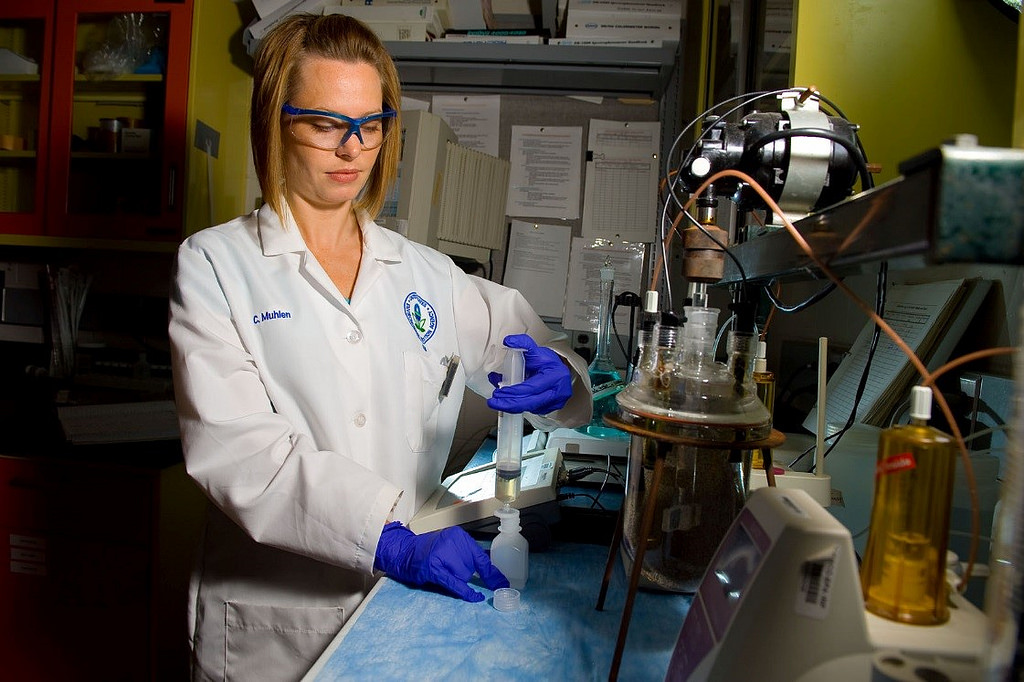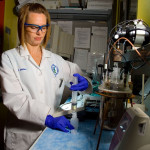Water’s importance, not only as a natural resource but as a driver of innovation and new technology, has been much-touted recently. While Cincinnati has hosted meetings and been pin-pointed as a national focus area for water innovation, impressive progress in this sector can be seen further north in Milwaukee.
Sitting on Lake Michigan, Milwaukee is a natural candidate for water innovation technology. As far back as 2006, a group of local business leaders created The Water Council with the intended goal of developing cooperation between the more than 100 water-related businesses and universities, government agencies, and other means of support.
Initiatives like B.R.E.W. (Business. Research. Entrepreneurship. In Wisconsin.) are among the many activities The Water Council supports.
Because of Milwaukee’s important water industry, those groups involved with The Water Council are creating the Water Technology District – intended to be a cluster and hub of innovation in the water industry. The city, looking to help The Water Council incubate water-related businesses in Milwaukee, has committed to developing the Reed Street Yards.
Dissected by the Menomonee River, the Reed Street Yards is a former rail yard, truck depot, and brownfield site in close proximity to downtown and with large amounts of available space for development.
The result has been the Global Water Technology Park.
Infrastructure within the park reflects the intentions of the involved organizations. The new public access road Freshwater Way, for example, is paved with PaveDrain, which is a water-friendly permeable surface. This permeable material was developed by a local company that now rents space in the business park. A special pipe system also helps pump recycled water to buildings to be used in non-potable functions like landscaping.
The city’s gamble on helping create this district seems to be paying off already: they recently attracted the global headquarters of a manufacturer of plumbing products focused on sustainability.
The Water Council’s headquarters is also in the business park, which houses university departments, startups, and other organizations. The space is 100% occupied and there are already concrete plans to open a second office.
Furthermore, the University of Wisconsin-Milwaukee now has the first graduate program in the country solely for freshwater research in their School of Freshwater Sciences; and they have since established a campus in the business park as well.
Extending beyond only water innovation and technology, the development around this sector has revitalized the local Walker’s Point neighborhood. Formerly highlighted by abandoned warehouses, the neighborhood has seen an increase in businesses and apartments.
Cincinnati, long-defined by the Ohio River, is an obvious candidate for similar development.
In March 2014, Cincinnati hosted the EPA’s Water Technology Innovation Cluster Meeting, the first gathering of its kind for national water-related groups and companies. Confluence, a local water-focused group representing Cincinnati, Dayton, Northern Kentucky, and Southeast Indiana, was present at the meeting.
And on November 12, the Woman’s City Club of Greater Cincinnati hosted an event to discuss how the region’s water technology resources can be better leveraged for innovation throughout the region. The meeting, called Liquid Gold: the Cincinnati ‘Water’ Technology Story, aimed to bring together the several clusters already focusing on this local asset; and featured local nonprofits, businesses, and other groups.
While these conferences show an interest in the topic, the region has thus far lacked a concerted effort on the part of local government, academia, and the private sector in advancing water innovation. Milwaukee has proven that this level of cooperation is needed to jump-start an industry that will continue to grow in importance (and employment) in the coming decades.

